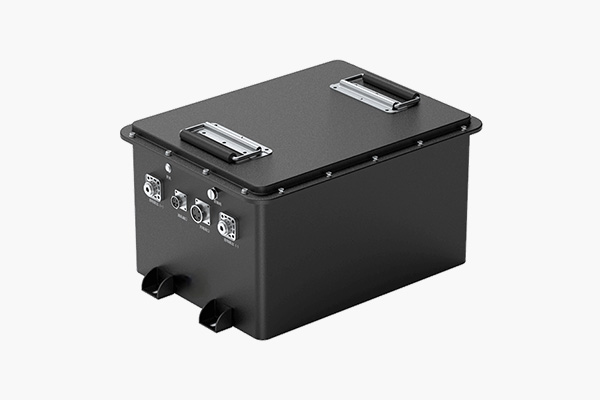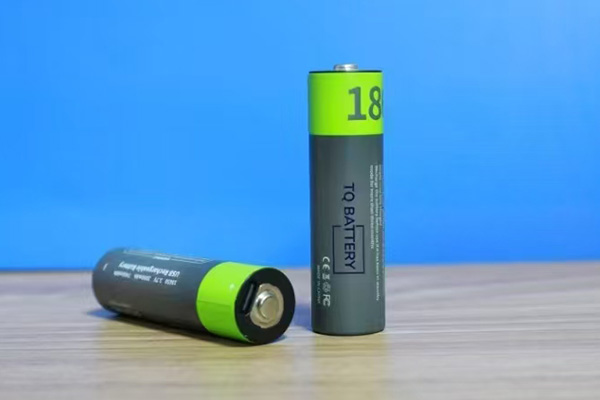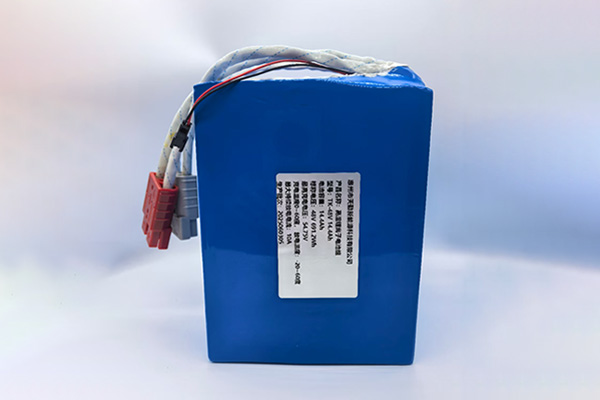What is the process flow of silicon carbon negative electrode CVD?
一、 Overview of Process Flow
1. Preparation of substrate material (porous carbon skeleton);
2. Precursor gas supply and ratio;
3. CVD reaction deposition;
4. Post processing and modification;
5. Quality inspection and packaging;
二、 Step by Step Process Description
1. Preparation of substrate material (porous carbon skeleton):
Constructing a carbon based carrier with high porosity for accommodating silicon nanoparticles and buffering volume expansion; Raw material selection: Select biomass carbon, polymer carbon, or commercial hard carbon, with a porosity of>60% and uniform pore size distribution (mainly micropores mesopores).
Process steps: Carbonization in an inert atmosphere (Ar/N ₂) at high temperature (800-1200 ℃) to form a porous structure; Activation through KOH or CO ₂ further enlarges the pores, increasing the specific surface area (>1000 m ²/g). Equipment continuous atmosphere rotary furnace (such as Longxin drying equipment), supporting inert gas protection and precise temperature control.
2. Precursor gas supply and ratio:
Provide silicon sources (silane, SiH ₄) and carbon sources (methane/acetylene, CH ₄/C ₂ H ₂) to achieve uniform deposition through precise control of gas flow rate; Gas selection: Silicon source: high-purity silane (SiH ₄), low decomposition temperature (400-600 ℃), suitable for nano silicon deposition. Carbon source: acetylene (C ₂ H ₂) or methane (CH ₄), acetylene has a higher carbon deposition efficiency. Proportion control: The molar ratio of silane to carbon source is usually 1:10~1:20, adjusted according to the target silicon content (5%~20%); Use laminar pressure differential mass flow controllers (such as the Yidu EC series) with an accuracy of ± 0.5% and support for multi gas switching.
3. CVD reactive deposition:
Deposition of silicon nanoparticles within porous carbon pores and formation of a carbon coating layer; Reaction conditions: Temperature: 700-1000 ℃, silane pyrolysis generates silicon nanoparticles, carbon source pyrolysis generates amorphous carbon. Pressure: Normal pressure or slight negative pressure (0.1~0.5 atm) to avoid the risk of silane leakage. Time: Deposition time is 2-6 hours, which affects the thickness of the silicon layer (50-200 nm). Equipment selection: Rotary kiln: simple process but low sedimentation efficiency, suitable for small-scale production. Fluidized bed: Uniform particle coating, but requires high sealing design, suitable for continuous production.
4. Post processing and modification:
Optimize the stability of material structure and electrochemical performance; Carbon coating enhancement: secondary carbon source deposition: depositing soft carbon (such as asphalt derived carbon) outside the silicon layer, with a thickness of 2-5 nm, to suppress volume expansion; Sintering treatment: secondary calcination in an inert atmosphere (500-800 ℃) to improve the crystallinity and conductivity of the material; Crushing and Grading: Use an airflow crusher to control the particle size D50 to 5-20 μ m, ensuring a compacted density greater than 0.8 g/cm ³.
5. Quality inspection and packaging:
Key indicator testing: Silicon content: determined by thermogravimetric analysis (TGA) with an error of less than ± 1%. Specific surface area: BET method test, target range 800-1200 m ²/g. Electrochemical performance: half cell test first effect (>85%) and cycling stability (100 cycle capacity retention rate>80%); Packaging: Vacuum sealed to prevent material oxidation, stored at humidity<10% RH.
三、 Key process control points
1. The quality of porous carbon: pore size distribution (micropore proportion>50%) and mechanical strength (compressive strength>10 MPa) directly affect the silicon loading and cycle life.
2. Gas uniformity: Optimize the reaction chamber design through flow field simulation to ensure the uniformity of silicon/carbon deposition (thickness deviation<± 5%).
3. Temperature gradient control: PID temperature control system is adopted, with a temperature difference of less than ± 5 ℃ inside the furnace, to avoid local overburning or insufficient deposition.
四、 Material balance and cost accounting (based on 1 ton of silicon carbon anode)
五、 Equipment selection suggestions
1. Sedimentation equipment: Priority should be given to continuous fluidized bed reactors, supporting mass production at the hundred kilogram level.
2. Gas control: Adopting Yidu EC series mass flow controller to ensure the accuracy of silane/acetylene ratio.
3. Post treatment equipment: spray dryer (control particle size) and atmosphere rotary furnace (secondary carbon coating).
六、 Technical challenges and optimization directions
1. Large scale production: It is necessary to solve the problem of sealing and process consistency of fluidized bed equipment.
2. Silane utilization rate: Optimize the reaction pathway (such as plasma assisted CVD) to increase the deposition rate from 80% to>90%.
3. Cost control: Develop low-cost silane synthesis processes to reduce the proportion of raw materials (currently silane costs account for 30% -40%).
By finely controlling the above process flow, high initial efficiency (>90%), long cycle life (1000 times capacity retention rate>80%), and high energy density (>500 Wh/kg) of silicon carbon negative electrode materials can be achieved, meeting the needs of power batteries and energy storage fields. The specific parameters need to be further optimized based on the equipment model and raw material characteristics.
The following is a process formula calculation guide for the preparation of silicon carbon (Si/C) negative electrode materials by chemical vapor deposition (CVD) method, including detailed formula derivation, proportioning logic, and material balance analysis. This guide takes Si/C composite materials with a target silicon content of 10% as an example to gradually explain the calculation method:
1. Basic parameter definition:
Silicon content (mass ratio): 10% → Carbon content (mass ratio): 90%; Single batch sedimentation amount (target product quality): Mtotal=100 g; Decomposition rate of silane (SiH ₄): η _Si=80% (assumed value); Methane (CH ₄) cracking carbon deposition rate: η _C=50% (assumed value); Proportion of carrier gas (Ar): 80% of the total gas flow rate.
2. Key calculation formula:
Target element quality calculation:
Silicon mass: Msi=Mtotal × 10%=10g
Carbon mass: M=M=total x 90%=90 g
Molar amount of silicon source (SiH ₄):
Molar mass of silicon=28 g/mol
Molar amount of carbon source (CH ₄):
Carbon molar mass=12 g/mol
Total reaction gas flow rate (SiH ₄+CH ₄): Assuming the total process gas flow rate is Q_total=1000 sccm (standard milliliters/minute); 80% carrier gas → 20% reactive gas → Q-reactive=200 sccm; Among them:
Sedimentation time:
According to the ideal gas law (1 mol=22.4 L), the total reaction gas volume is:
3. Material Balance Sheet:
Calculation of by-products:
SiH ₄ decomposition reaction:
CH ₄ cracking reaction:
4. Key Logic Summary:
Goal orientation: Based on the Si/C mass ratio in the product, infer the amount of raw materials and prioritize the calculation of silicon sources (due to low silicon content and high cost); Conversion rate correction: Adjust the actual feeding amount through η_Si and η_C to cover process losses; Flow distribution: Divide the flow rates of SiH ₄ and CH ₄ according to the proportion of reaction gases, and use the carrier gas for dilution and stabilization of the reaction; Time matching: Calculate sedimentation time based on gas volume and flow rate to ensure complete consumption of raw materials.
5. Example Calculation Table:
Through the above steps, the formulation design and material balance verification of CVD process can be quickly completed. In practical applications, the assumed conversion rate needs to be adjusted based on equipment parameters such as sedimentation rate and temperature.













